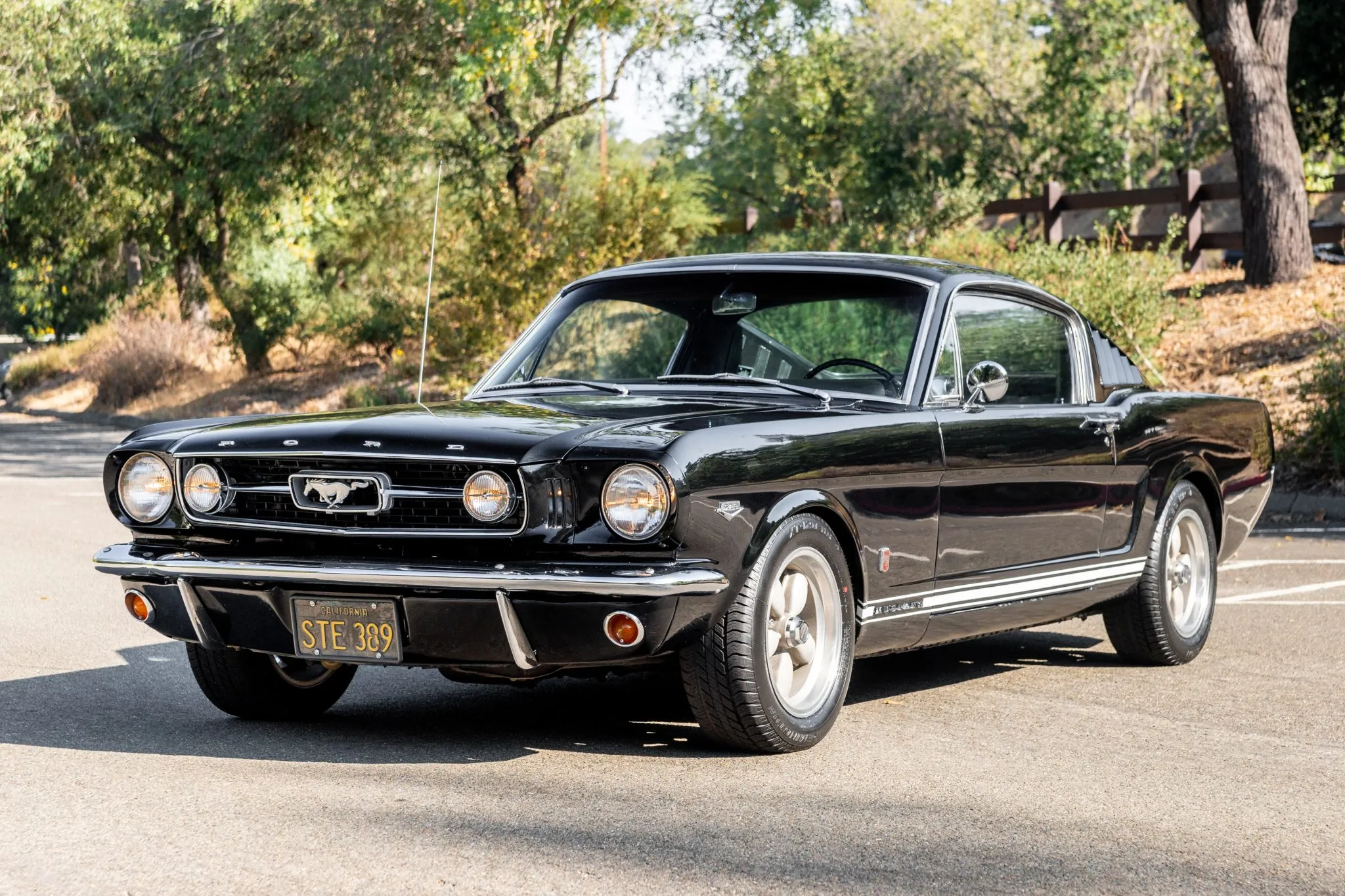Cars are much more than just a mode of transportation. Over time, some vehicles develop a unique charm, becoming more valuable or revered as they age. Whether it’s due to their enduring design, robust engineering, or simply the nostalgia they evoke, certain cars grow in appeal and worth over the years.
These vehicles hold their value well, often appreciated by collectors and enthusiasts who recognize the lasting legacy of their engineering.
From classic sports cars to sturdy, dependable luxury sedans, some cars seem to improve with age, offering the kind of driving experience that modern vehicles may lack. For many, these vehicles are more than just cars; they are an investment that can stand the test of time.
On the other hand, not all vehicles experience the same fortune as they age. Some cars, once lauded for their innovation or style, end up as cautionary tales of automotive design gone wrong.
With age, these cars begin to show their flaws more prominently, often marked by diminishing reliability, growing repair costs, and rapid depreciation.
Despite their initial promise, these cars struggle to maintain their value or appeal over time. Whether due to overly complex electronics, poor engineering choices, or design that doesn’t stand the test of time, some cars fade into obscurity and are quickly forgotten once their heyday has passed.
In this article, we will explore five cars that have only become better with age and five cars that have suffered a decline over time.
From luxurious vehicles that continue to appreciate in value to models that have become more of a headache than a dream ride, we will look into what makes some cars timeless, while others lose their luster as the years pass.
The cars that improve with time represent exceptional craftsmanship, while those that age poorly highlight the importance of thoughtful engineering and maintenance.
Also Read: 10 Best and 10 Worst Cars for Cold Climates & Harsh Climate
5 Cars That Are Better With Age
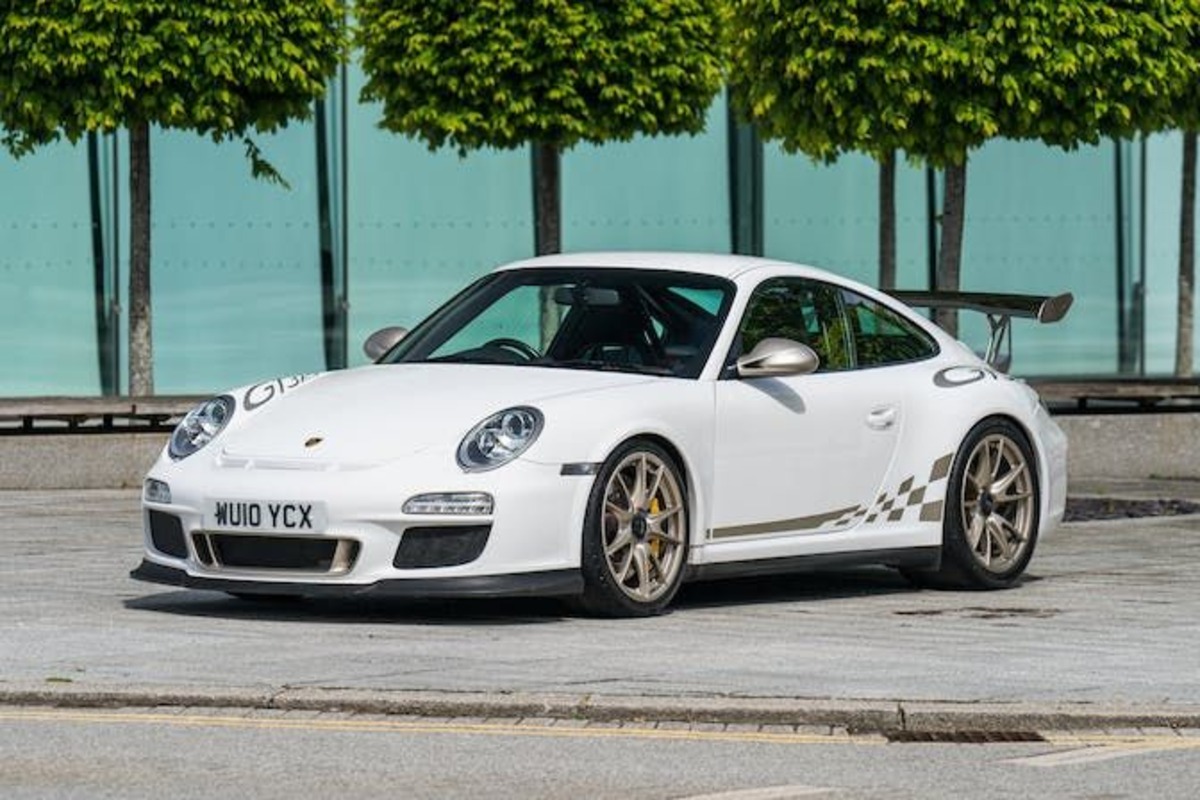
1. Porsche 911 (Air-Cooled Models)
The Porsche 911 has a unique ability to transcend time, with models from the 1960s, ‘70s, and ‘80s continuing to gain value and admiration. Air-cooled 911s, in particular, have seen a significant rise in popularity among collectors.
The simple yet incredibly well-engineered design of these cars makes them reliable and enjoyable to maintain. The air-cooled engine, once considered outdated, is now considered a marvel of mechanical simplicity and resilience.
As these models have aged, enthusiasts have come to appreciate their character, including the distinctive engine sound, minimalistic interior, and engaging driving experience.
Over the years, Porsche has maintained a strong community and a wealth of resources for owners, which has helped keep the cars running smoothly. These models were also known for their durability, and with the right maintenance, they can run for hundreds of thousands of miles.
Furthermore, as newer, turbocharged and water-cooled models took over, the classic, naturally aspirated 911s became even more iconic. Their reliability and enduring style make them highly sought after in the classic car market, with prices continuing to rise as more people recognize their value and timelessness.
The 911 has always been about the driving experience, and the air-cooled variants offer a raw and tactile connection with the road that is often lost in more modern, computerized cars.
The purist driving experience, paired with the incredible appreciation in value, makes the Porsche 911 air-cooled models some of the best cars that only improve as time goes on.
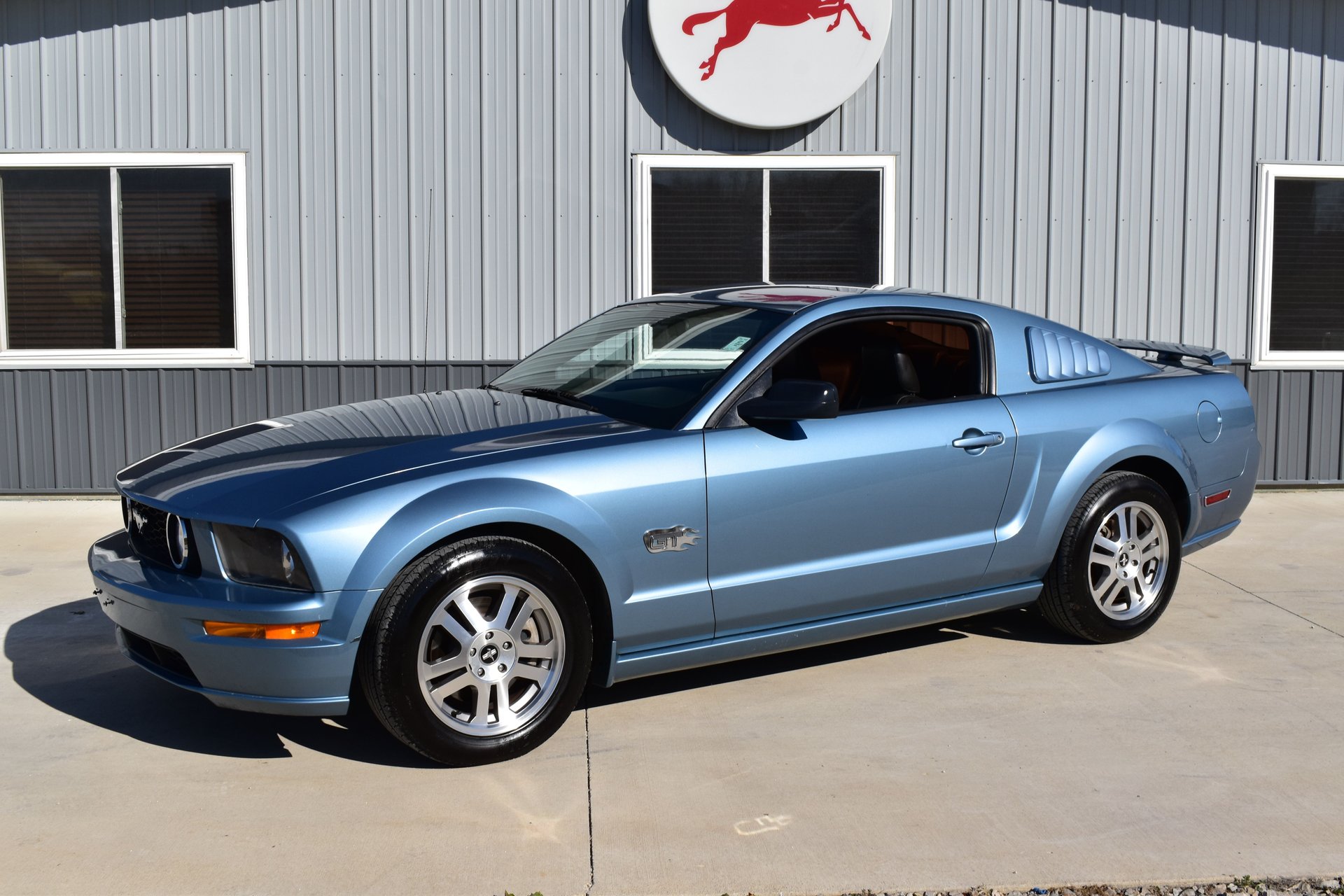
2. Ford Mustang (Classic Models)
The Ford Mustang is a symbol of American muscle, and its classic models from the 1960s have only become more valuable and desirable with age. First introduced in 1964, the Mustang brought performance, style, and accessibility to the masses.
Over the years, classic Mustangs have gained a loyal following, not just for their powerful engines and distinctive design but also because they represent a slice of Americana.
The 1960s Mustangs, in particular, are revered for their simplicity and raw performance. They weren’t bogged down by modern technology, giving them a more direct, visceral driving experience that modern muscle cars often lack.
One reason the Mustang ages well is the sheer availability of parts and the strength of its enthusiast community. Over time, these cars have become a canvas for restoration and customization.
Whether you’re restoring a 1965 fastback to factory perfection or building a one-of-a-kind muscle car, the classic Mustang has an abundance of aftermarket support, which makes keeping them on the road a viable and enjoyable option.
These cars are also easy to maintain compared to more modern vehicles, and their strong, simple mechanical setups allow them to endure through the years.
As the muscle car era became more refined with the introduction of modern technology and fuel efficiency concerns, the classic Mustangs’ raw power and aggressive styling became increasingly nostalgic. Today, these cars are celebrated not only for their performance but for their cultural impact.
The Ford Mustang continues to be a car that appreciates in value, especially for well-preserved or restored examples, making it one of the few vehicles that gets better with age in both value and driving experience.
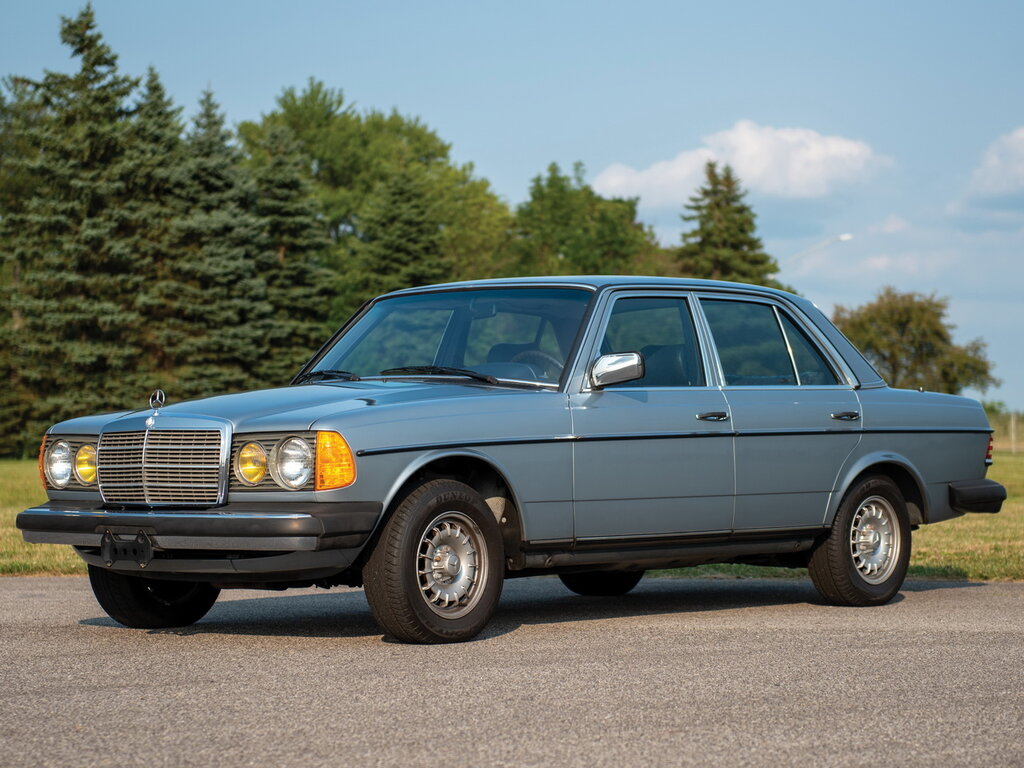
3. Mercedes-Benz W123 (1976-1986)
The Mercedes-Benz W123 is widely regarded as one of the most durable and reliable cars ever made. Produced between 1976 and 1986, the W123 series was designed to be a workhorse for the upper-middle class, combining luxury with outstanding engineering.
These cars are famed for their longevity, with many surviving for decades due to their robust build quality and simple, mechanical systems. The W123 is still a common sight on the road, particularly in rural and developing areas, where the car’s resilience and ability to be serviced with basic tools make it a favorite among those looking for a car that will last a lifetime.
Unlike many modern luxury cars, the W123 doesn’t rely on complex electronics or sensitive systems. Instead, it’s powered by either a straight-six or a four-cylinder diesel engine, both of which are renowned for their endurance. With regular maintenance, these engines can run for several hundred thousand miles.
Even the interiors, which are simple yet luxurious, wear in a way that adds to the car’s charm, with age turning the leather and wood trim into something uniquely distinguished.
Over time, the W123 has become a symbol of mechanical excellence and understated luxury, with prices for well-maintained examples continuing to rise as they grow in classic car status.
As interest in vintage luxury cars has increased, the W123 has gained a devoted following. Its reputation for reliability and its classic design have made it a favorite among collectors who appreciate the authenticity and simplicity of its engineering. What was once a luxury workhorse has now become an icon, with owners continuing to cherish these cars for their ability to transcend time.
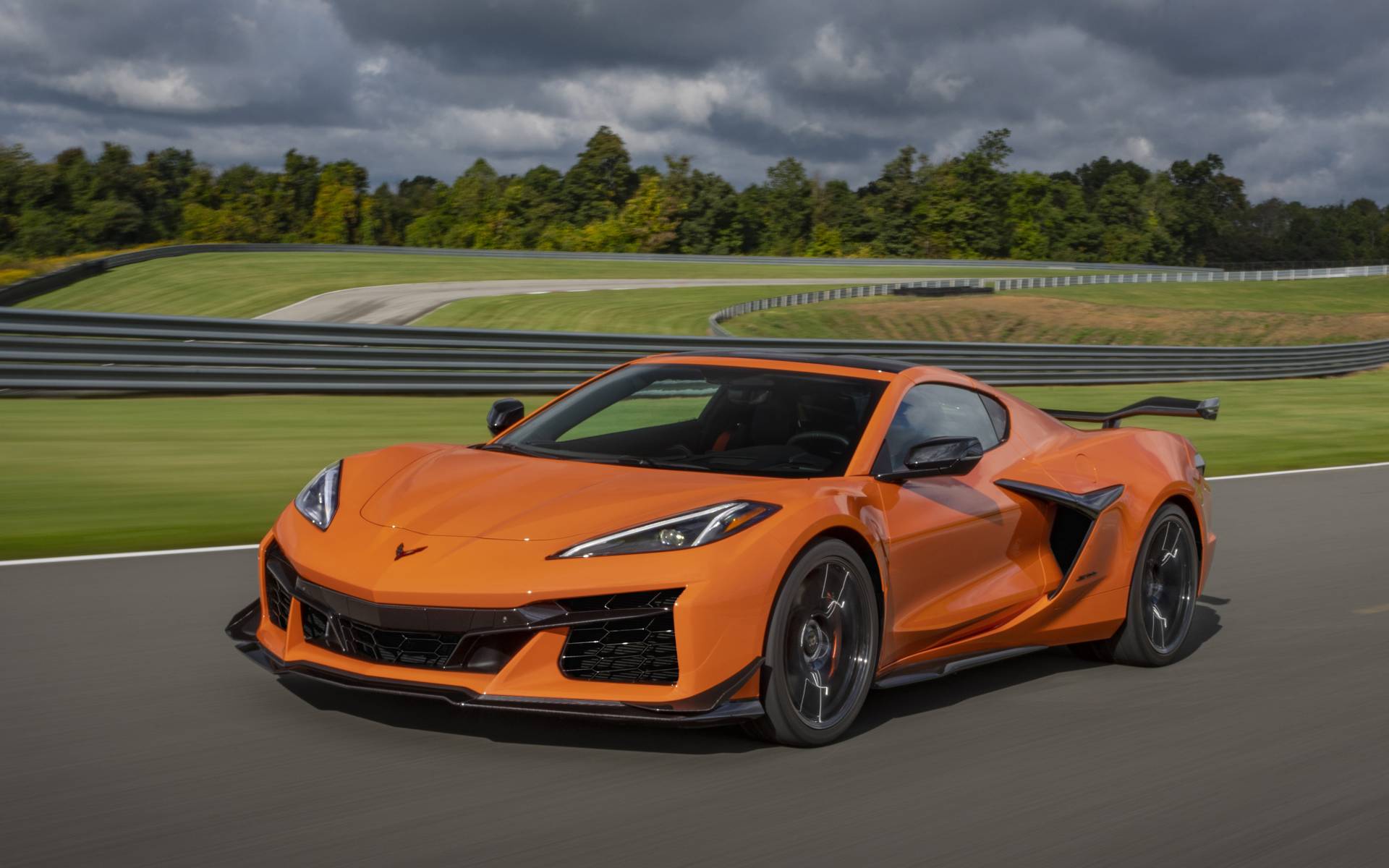
4. Chevrolet Corvette (C1 and C2)
The Chevrolet Corvette has long been an American sports car icon, and its early models—the C1 (1953-1962) and C2 (1963-1967)—have only become more desirable with age.
The first-generation Corvette was introduced in 1953, and though it was initially met with lukewarm reception, it became a symbol of American performance once it found its stride.
The C2, also known as the “Mid-Year” Corvette, introduced in 1963, was a breakthrough in design and performance, featuring an iconic split rear window and much improved handling over its predecessor.
The C1 and C2 Corvettes age well due to their timeless styling and the fact that they were built with racing in mind. Many of these Corvettes were also equipped with V8 engines, offering exhilarating performance and providing a thrilling driving experience even by today’s standards.
While the early Corvettes were more rudimentary in terms of technology, the C2 Corvette, with its advanced independent rear suspension and fiberglass body, represents a significant leap forward in automotive engineering and design.
In the collector’s market, both the C1 and C2 have only gained in value, as they represent the beginnings of Corvette’s legacy as an American performance car.
The vintage charm, combined with performance that still holds up in many ways, has made these cars highly sought after by enthusiasts. The increasing value and nostalgia around these models ensure they will continue to appreciate as time goes on.

5. Land Rover Defender (Pre-2016 Models)
The Land Rover Defender is a legendary off-road vehicle that has become even more desirable in the years since it was discontinued in 2016. The pre-2016 Defenders were built with utilitarian strength and ruggedness in mind, and as time has passed, these vehicles have become symbols of adventure and durability.
With their boxy shape, simple mechanicals, and no-nonsense approach to off-road capabilities, the older Defender models have only become more iconic. Their straightforward construction allows for easy maintenance, and their robust design means they can continue to tackle the harshest environments long after other vehicles would have fallen apart.
The Defender’s reputation for longevity and capability makes it a highly collectible vehicle. Older models—especially the 90 and 110 versions—have a unique charm that is hard to find in modern vehicles.
The lack of modern electronics or overly complex systems means that owners can service the Defender with basic tools, making it easy to maintain and restore. The large aftermarket community provides plenty of options for customization and improvement, ensuring that these vehicles remain functional and exciting for off-road enthusiasts.
Since the discontinuation of the original Defender, demand for these iconic vehicles has skyrocketed, with well-maintained examples fetching high prices at auctions. The rugged, go-anywhere nature of the Defender has ensured that it has aged gracefully, with its reputation for adventure and durability growing stronger over time.
Today, the Land Rover Defender stands as a testament to old-school engineering, and it continues to increase in value as more collectors seek out these rare, capable vehicles.
5 Cars That Only Decline Over Time
While some cars improve with age, others tend to decline, either in terms of performance, reliability, or value. These cars, despite their initial promise, have become less desirable over the years, often due to aging technologies or maintenance challenges. Here are five cars that only seem to decline as time passes:
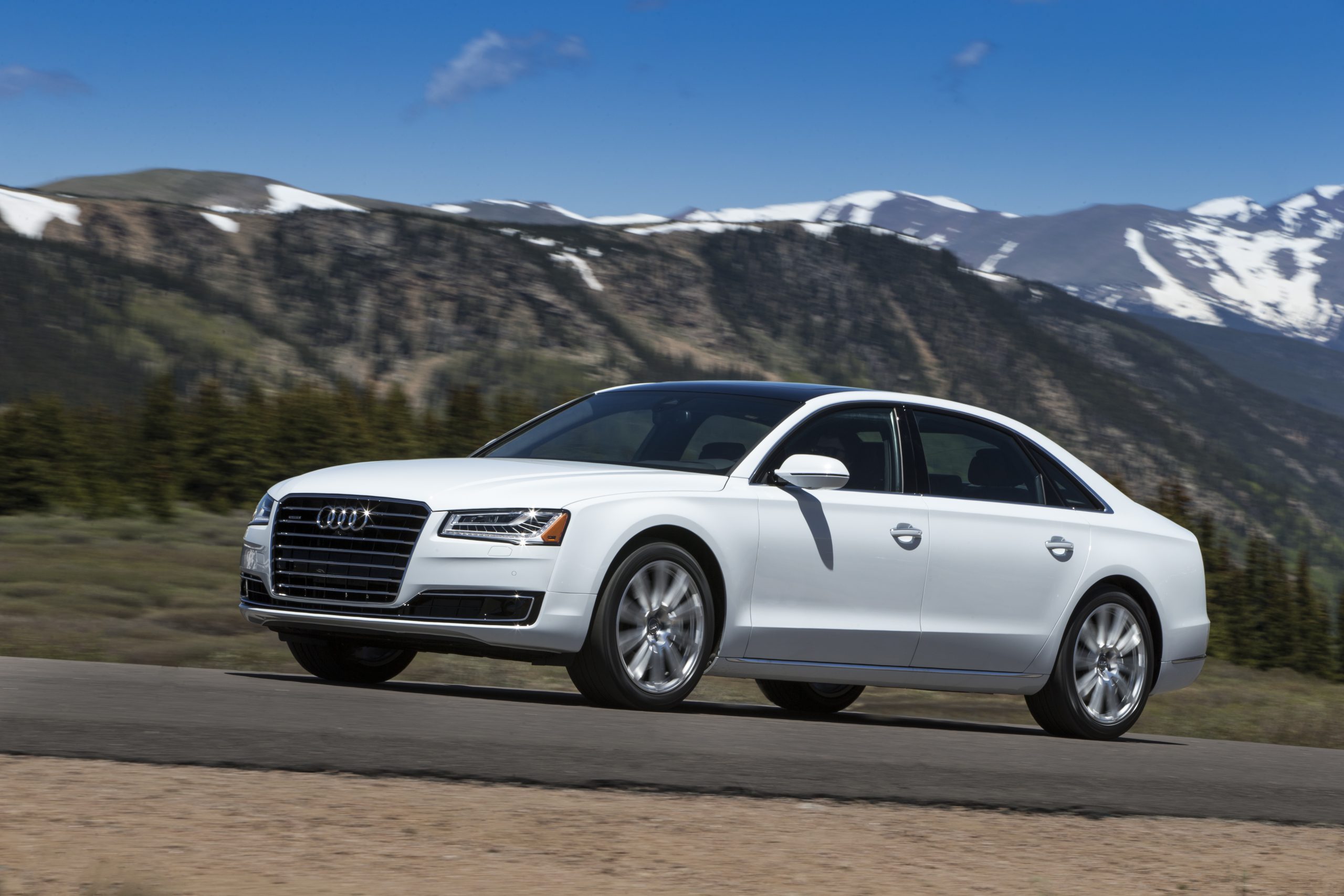
1. Audi A8 (First-Generation)
The first-generation Audi A8 (produced from 1994 to 2002) was a groundbreaking luxury sedan, offering aluminum construction, quattro all-wheel drive, and impressive engineering for its time. However, as these cars have aged, they have become known for expensive maintenance costs and electrical issues.
While the A8 was ahead of its time in many ways, its complex systems—ranging from air suspension to advanced electronics—have proven problematic as the car has aged.
Electrical gremlins and air suspension failures are some of the most common issues faced by owners of the first-generation A8, and repairing these systems can be costly. The aluminum construction, while innovative, also requires specialized knowledge and tools to repair, making parts and labor expensive.
While these cars were once celebrated for their luxury and advanced features, they now face steep depreciation and costly repairs, leading many to avoid them in favor of more reliable modern luxury sedans.
The complexity of the A8’s systems and aging components means that owners can quickly find themselves buried in costly repairs. While it’s still a refined car, the first-generation A8 has not aged well in terms of reliability or value, making it a poor investment for anyone looking for a reliable luxury sedan that holds its worth.
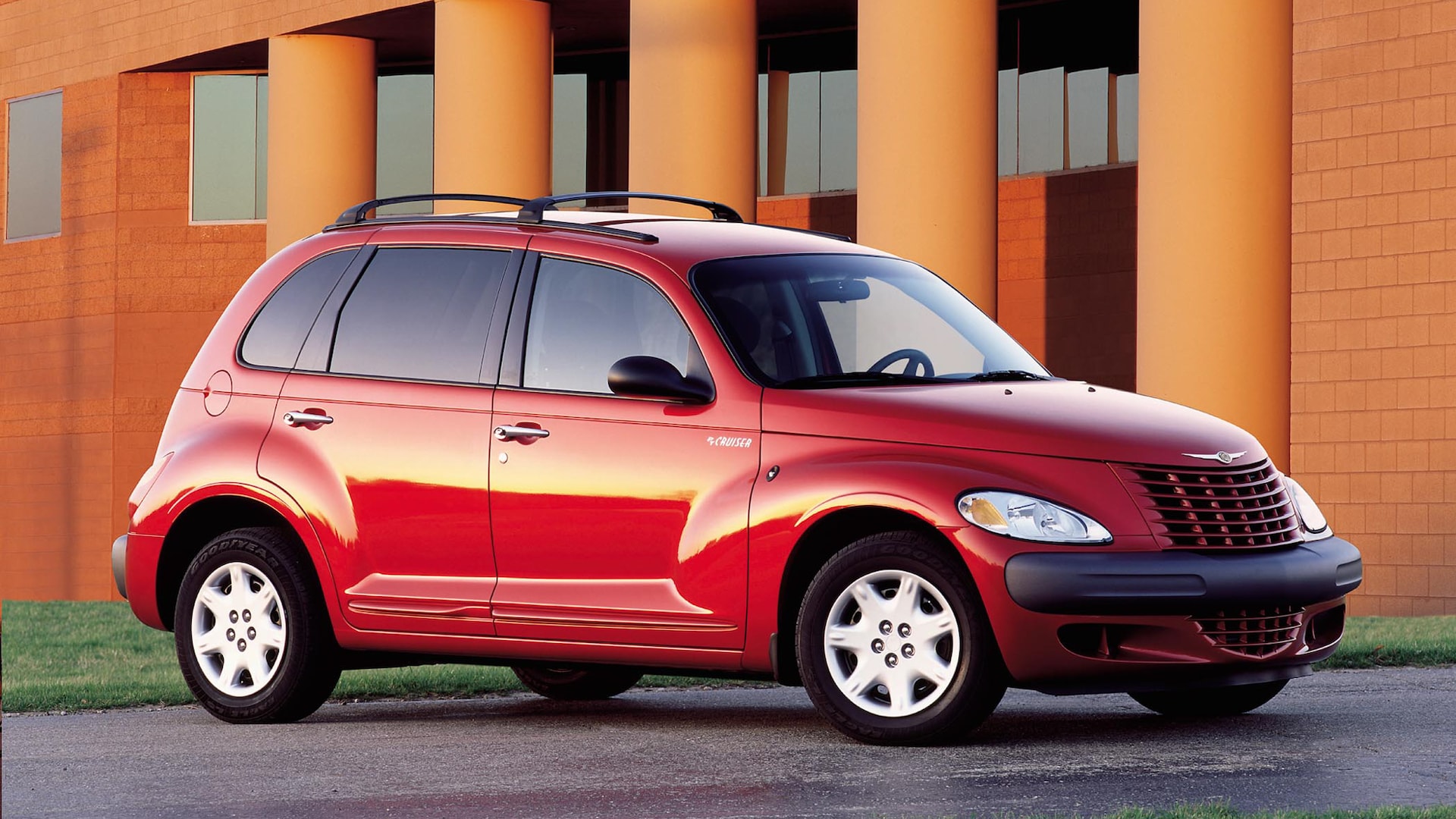
2. Chrysler PT Cruiser
The Chrysler PT Cruiser was once a unique and quirky compact car that had a strong following. When it was introduced in 2000, its retro styling and affordable price made it a hit among buyers looking for something different. However, over time, the PT Cruiser’s charm faded, and its weaknesses became more apparent.
The car’s small size and impractical interior meant that, while it was fun to drive initially, it became uncomfortable for long drives or larger families. Additionally, the PT Cruiser’s performance was underwhelming compared to its competitors, with lackluster engine options and poor fuel economy.
As these cars have aged, they’ve become known for numerous reliability issues, particularly with their engines and transmissions. The small turbocharged engines that were offered in higher trims struggled to provide the power and performance expected from a compact car.
On top of that, many PT Cruisers developed rust issues, especially in colder climates, and the interior materials began to deteriorate quickly. While the PT Cruiser was a fun novelty at first, its lack of durability and practicality caused it to lose favor as time passed.
Today, the PT Cruiser is a car that’s best left in the past. It offers little in terms of modern comfort, performance, or style, and it has quickly become one of the cars that deteriorate as they age. For anyone looking for a used car with longevity, the PT Cruiser is not an ideal choice.
3. BMW 7 Series (E65)
The BMW 7 Series is a symbol of luxury and performance, but the E65 generation (produced from 2001 to 2008) has not aged well, both in terms of value and reliability. Introduced with innovative features like iDrive and a bold new design, the E65 was initially praised for its advanced technology and performance.
However, over time, the E65 became known for its numerous issues, including problems with the iDrive system, the air suspension, and complex electronics.
While the E65 had cutting-edge features at the time, those same features have become problematic as the car ages. The iDrive system, which was revolutionary when it debuted, is now considered clunky and outdated, and many of the electronic systems have become prone to failure.
Additionally, the car’s air suspension and drivetrain components are expensive to repair and maintain, leading many owners to experience steep repair costs. Despite being a luxurious vehicle when new, the E65 has declined in both value and reputation as the years have gone on.
The E65 is a prime example of a luxury car that initially impressed but became a financial burden for owners over time. With complex systems that age poorly and high repair costs, it’s a car that has not aged gracefully.
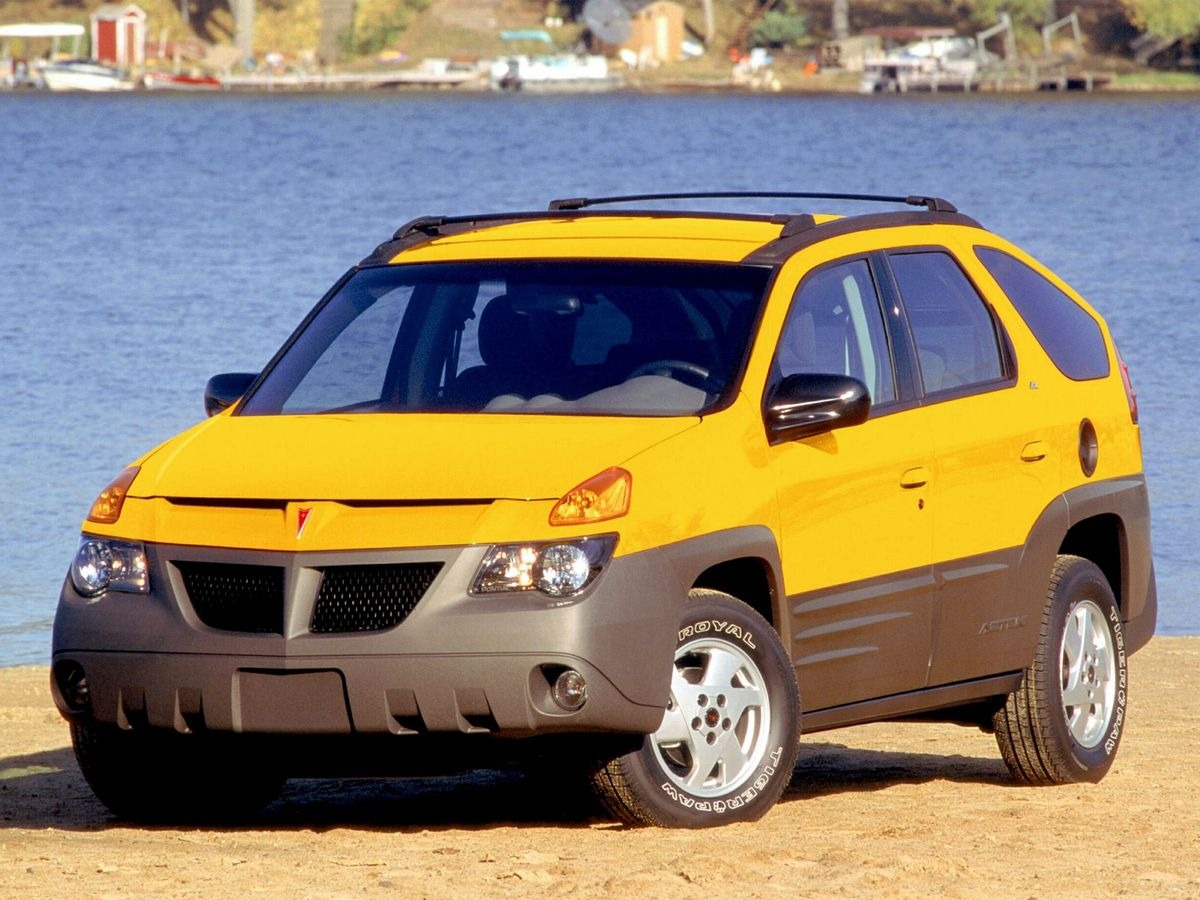
4. Pontiac Aztek
The Pontiac Aztek was a crossover SUV that became infamous for its polarizing design and numerous issues, making it one of the most memorable failures in automotive history. While its unconventional styling initially set it apart from other SUVs, it quickly became a symbol of poor design choices and unreliable engineering.
Although the Aztek had some functional features, such as a large interior and flexible cargo space, it struggled with performance and build quality, leading to a sharp decline in popularity.
As the Aztek aged, issues with its drivetrain, suspension, and electronics became more apparent. The lack of refinement in its driving dynamics made it uncomfortable for long trips, and its lack of modern amenities caused it to fall behind competitors.
The vehicle’s odd proportions and unappealing appearance only added to its negative reputation. Today, the Aztek is remembered as one of the worst cars of its era, with little to recommend it beyond its quirky design.
Unlike other cars that have gained cult status over time, the Aztek’s shortcomings have only become more evident as it ages. The car’s decline in popularity, combined with its maintenance issues, means that it has not aged well and is unlikely to ever become a sought-after classic.
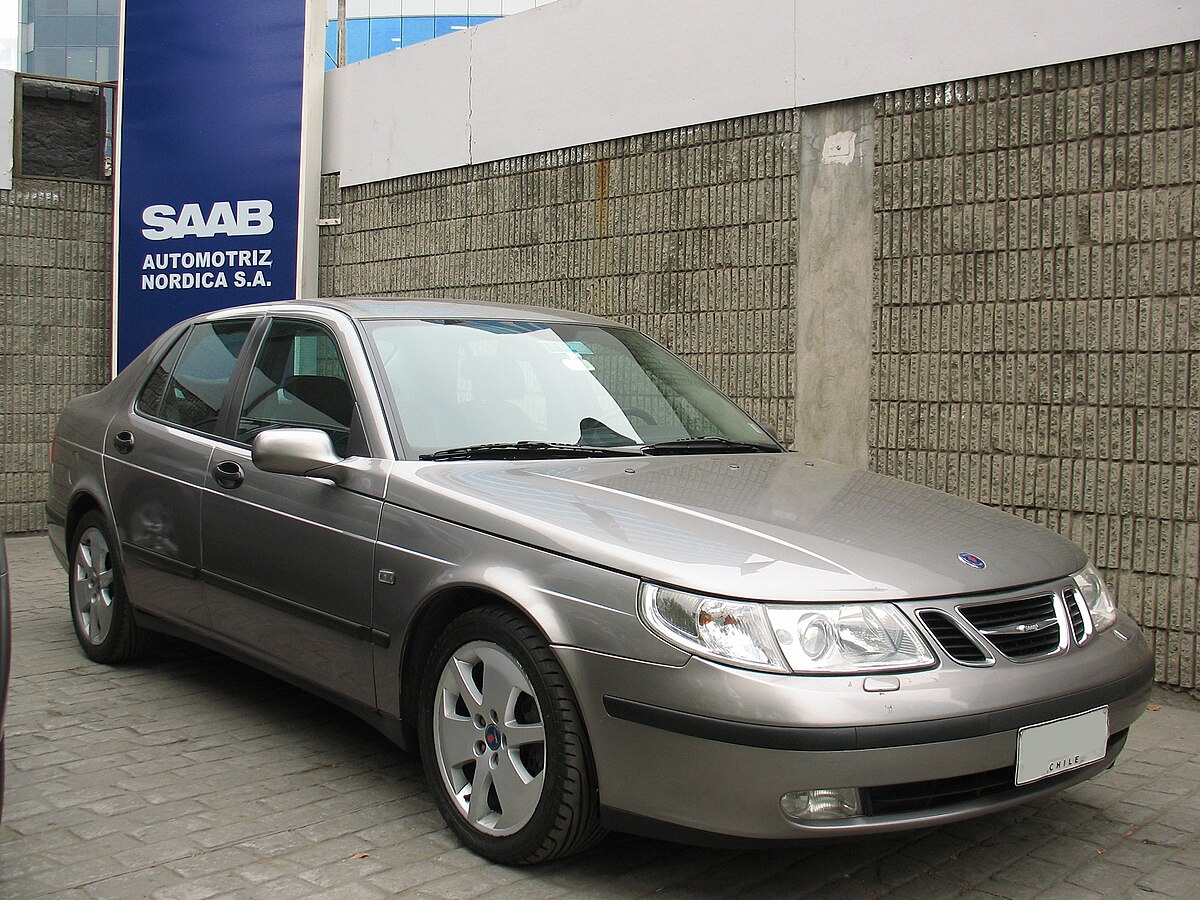
5. Saab 9-5 (First Generation)
The Saab 9-5 was once a highly regarded luxury sedan, known for its unique design and Swedish engineering. However, as the years have passed, the first-generation Saab 9-5 (produced from 1997 to 2009) has shown several issues that have made it a less desirable choice for used car buyers.
The car’s turbocharged engines were initially praised for their performance, but as they aged, they became known for head gasket failures, turbocharger problems, and electrical issues.
Moreover, the interior of the 9-5, once considered cutting-edge for its time, now feels outdated and cramped by modern standards. The car’s build quality also started to decline as it reached the end of its production run, with many examples suffering from peeling trim and deteriorating materials.
Despite the 9-5’s unique appeal and potential for a dedicated fanbase, its maintenance costs and declining reliability make it a less attractive option as it ages.
Saab’s financial difficulties led to a lack of parts availability and support, which means that keeping an older 9-5 running smoothly can be challenging and expensive.
While the 9-5 may have had its moments, it has not stood the test of time in the way that some other luxury cars have, and it continues to decline in both value and reliability as it ages.
Also Read: 10 Cars With Cooling Systems That Never Overheat, Even in Extreme Summer Heat
As with most things in life, the test of time is often the judge of a car’s true value. For certain models, aging gracefully is an inevitability, often driven by their engineering, the passion of their owners, or their ability to stand out in a crowded automotive market.
Classic vehicles like the Porsche 911 or the Ford Mustang have earned their iconic status through decades of excellent craftsmanship, reliability, and enduring design.
These cars don’t just survive as they age—they thrive, gaining value and recognition among a growing community of enthusiasts and collectors. It’s clear that a good car, built with quality and precision, will continue to serve its owners well, even as it becomes a symbol of history.
Conversely, the cars that don’t age well often show the consequences of neglecting the long-term durability of certain systems, the oversights in design, or simply an inability to meet the needs of future buyers.
Whether it’s excessive complexity in the form of problematic electronics or a lack of proper maintenance and service support, cars like the Pontiac Aztek or the BMW E65 generation of the 7 Series remind us that not all vehicles were built to withstand the test of time.
While they may have been innovative or popular in their time, they fail to live up to expectations once their initial luster fades away. The decline in value and reliability of these cars highlights the importance of thoughtful engineering, ease of repair, and the long-term vision of car manufacturers.
In the world of automobiles, time is both a blessing and a curse. Some vehicles grow into their best selves as they age, becoming cherished icons in automotive history. Others, unfortunately, succumb to the natural forces of wear and tear, leaving owners with costly repairs and fading reputations.
Whether you’re in the market for a classic investment or simply looking to understand which cars stand the test of time, it’s clear that not all cars were made equal when it comes to aging gracefully.

